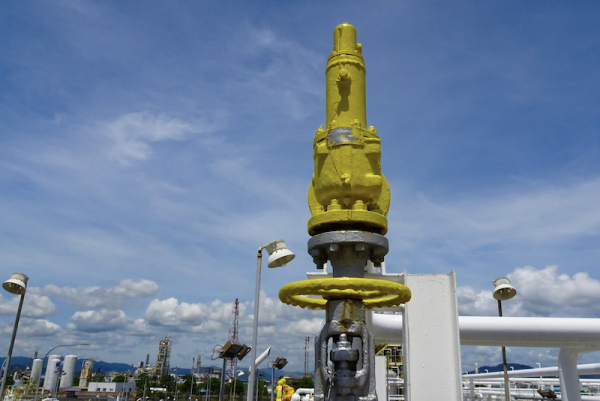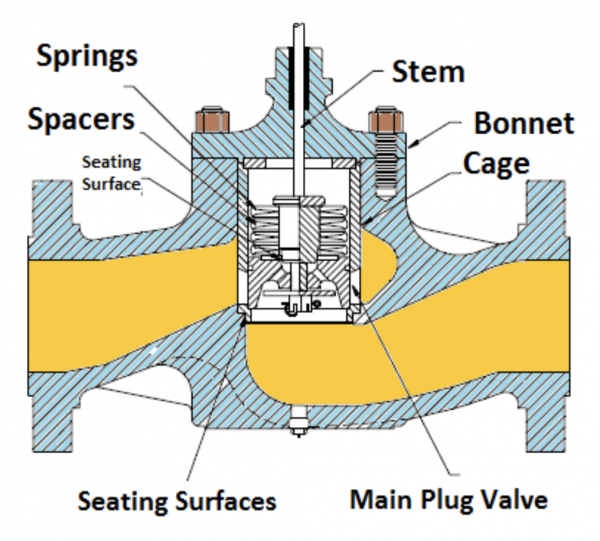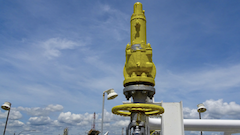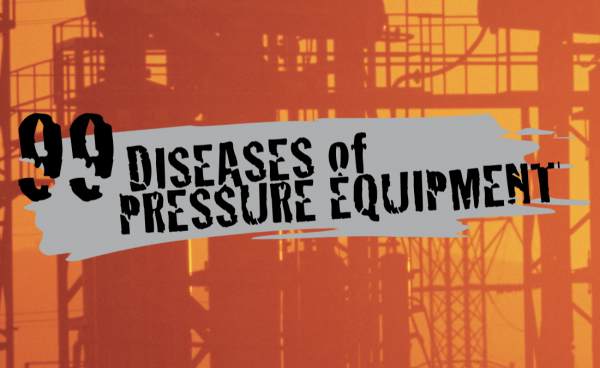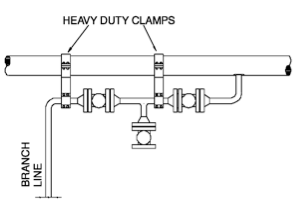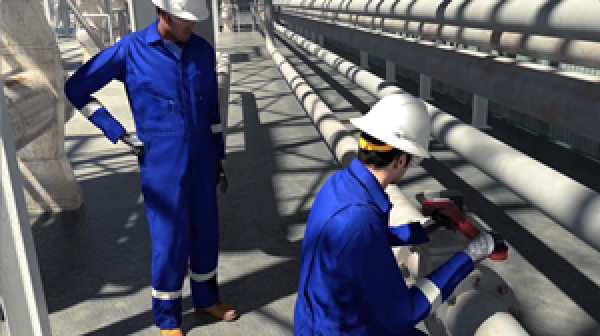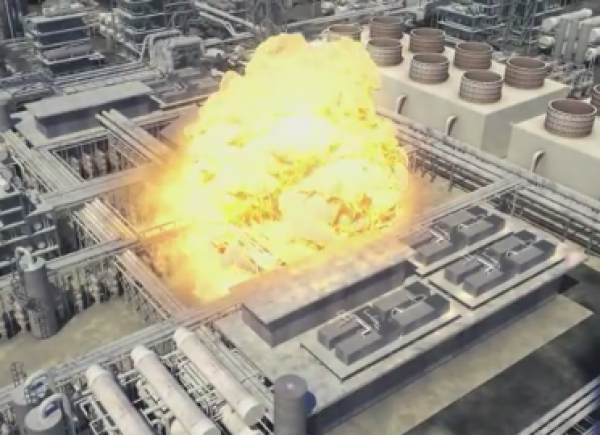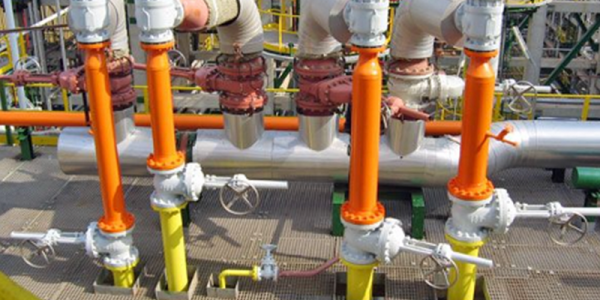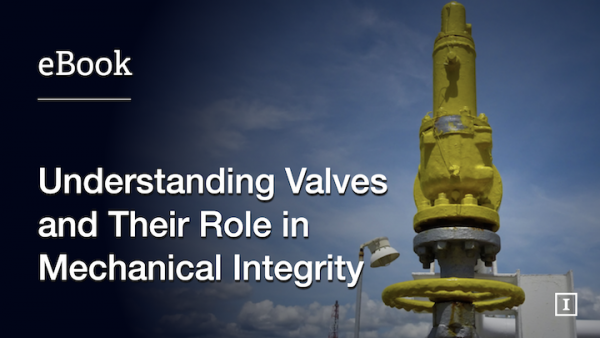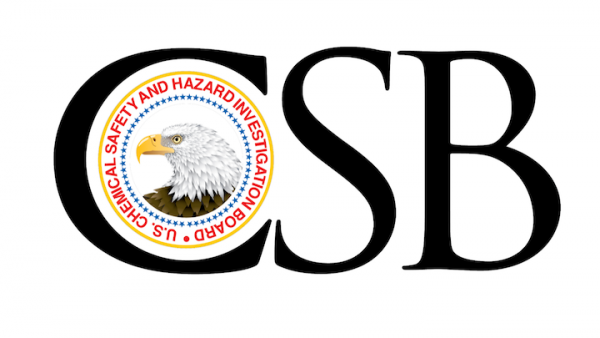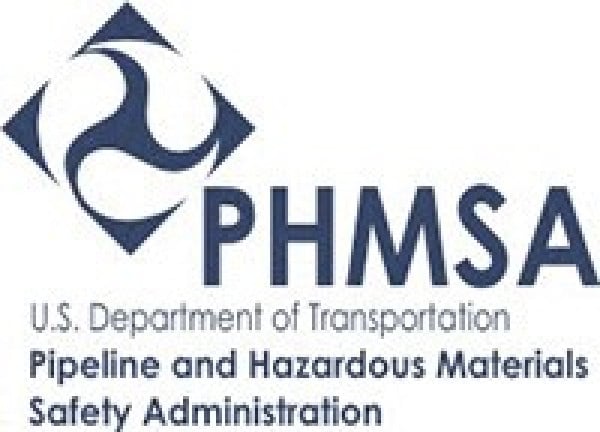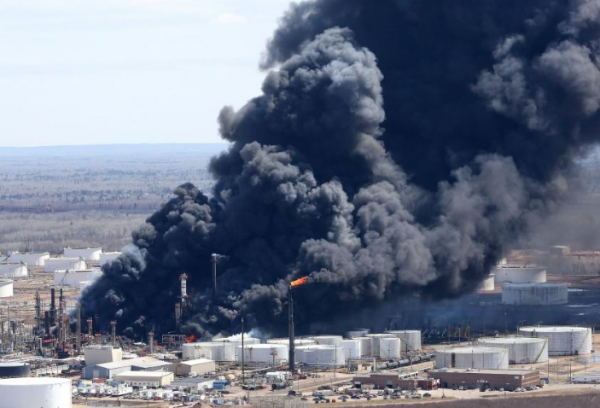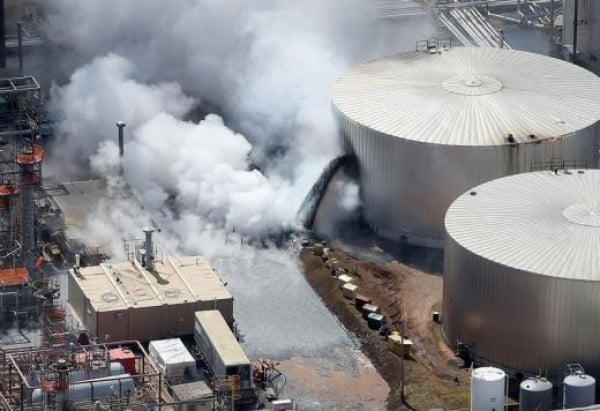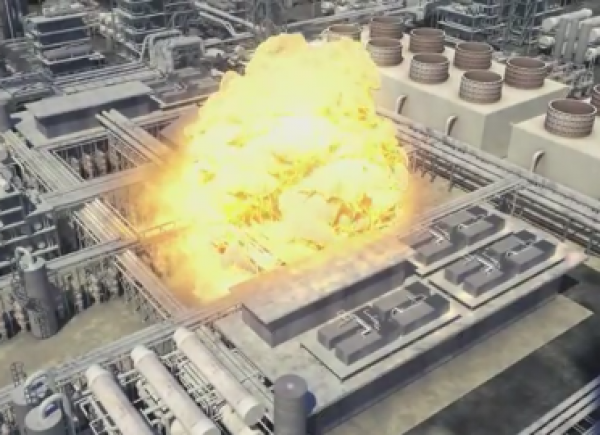A valve is a mechanical device that regulates, directs, or controls the flow of a fluid (i.e., liquids, gases, fluidized solids, or slurries) by opening, closing, or partially obstructing one or more ports or passageways. Valves are critical to process safety and require the same attention to detail as any other fixed equipment or piping system components.
Valve Types
Each valve type is different and serves a specific need within a facility. It is important to know the difference between valve types and their individual anatomies in order to understand proper application and potential problems associated with each type.
Common valve types are gate, globe, plug, ball, diaphragm, butterfly, check, and slide valves. They are made in standard pipe sizes, materials, thickness, and pressure ratings. Valve bodies are typically cast, forged, machined, or welded. The seating surfaces can either be integral or made as inserts. Inserts allow for the seat material to differ from the body material. For instance, a carbon steel body flange may have stainless steel seat inserts to minimize wear and tear over time. Valves are either flanged, threaded, socket welded or butt-welded, depending on the process conditions and piping specifications.
Gate valves, often referred to as “block valves,” consist of a body that contains a gate that interrupts flow. Typically, gate valves are either completely open or closed. They are not intended to be used to regulate flow by “throttling,” as that will typically wear and erode the gate and seats.
Globe valves are linear motion valves consisting of a valve body with a circular disc that contacts the seat and moves up and down, parallel to the disc axis. Globe valves distribute flow more evenly across the entire seat to reduce wear; therefore, they are commonly used to regulate fluid flow. The seat can be flat or tapered, with the taper getting steeper for fine-throttling service.
Plug valves consist of a tapered or cylindrical plug fitted snugly into a correspondingly shaped seat in the valve body. There is an opening in the plug that lines up with the opening of the valve body when in the open position. Plug valves can be used for isolation, similar to the gate valve, or flow control, similar to the globe valve.
Ball valves are another type of quarter turn valve similar to a plug valve, except that the flow restriction in a ball valve is spherical instead of tapered or cylindrical. Similar to the plug and globe valves, ball valves are used as block valves or for flow control. Ball valves are great for quick on/off applications, or in processes requiring a bubble-tight seal. Typically, ball valves have a coating around the surface of the ball that serves as a sealing medium.
Diaphragm valves are packless valves that contain a flexible diaphragm on the inside. When the valve is closed, the stem pushes down on the diaphragm. The diaphragm presses against the seat or dam to form a seal and block the flow of fluid. When the valve is opened, the diaphragm raises from the seat or dam to resume flow.
Butterfly valves consist of a disc mounted on a stem within the valve body. Similar to a ball valve, butterfly valves are a quarter turn valve designed for quick shut off. However, butterfly valves are generally favored over ball valves because of the reduced cost. Butterfly valves are most often used in low-pressure service for coarse flow control. The seating material is chosen based on how tight of a seal is required.
Slide valves are equipped with a flat plate that slides within guides on each side to the seat, similar to a guillotine. They are not designed for tight shut off; rather, they are designed for erosive and high-temperature service and can be used for both “throttling” or blocking.
Check valves are used to mechanically prevent backflow without human intervention. They are designed to close automatically when backflow occurs. There are many types of check valves, including swing, piston, and spring-loaded wafer check valves. Check valves of all types are used widely throughout the industry. They’re most commonly found on the discharge of pumps to prevent reverse flow and damage to the pump internals. The spring-loaded wafer type check valves are commonly found attached to tank floating roof drain piping within the roof sump.
So called critical check valves (CCVs) are check valves in piping systems that have been identified as vital to process safety. CCVs need to operate reliably in order to avoid the potential for hazardous events or substantial consequences should reverse flow occur.
Relevant Codes and Standards
- ASME B16.34, Valves–Flanged, Threaded, and Welding End covers aspects of new valve construction including pressure-temperature ratings, dimensions, tolerances, materials, NDE requirements, and testing.
- API 570, Piping Inspection Code is one of the primary standards referenced in mechanical integrity programs for inspection, rating, repair, and alteration of in-service piping systems. The code gives general guidance for valve inspections, both internally and externally.
- API RP 574, Inspection Practices for Piping System Components supplements API 570, going further in-depth with the inspection of piping systems, including valves.
- API Std. 598, Valve Inspection and Testing is primarily used by valve manufacturers and valve repair shops when inspecting and testing a final product, whether new or repaired.
Related Topics
- Aboveground Storage Tanks (ASTs)
- Boiler Tubes
- Boilers
- Bolts
- Coker Units
- Cooling Towers
- Crude Distillation Unit (CDU)
- Deaerators
- Fired Heaters
- Fixed Equipment
- Flanges
- Flare Systems
- Furnace Tubes
- Glass-lined Equipment
- Heat Exchangers
- HF Alkylation Units
- Hydrocracking Unit
- Hydrotreater
- Piping
- Pressure Relieving Devices (PRDs)
- Pressure Vessels
- Rotating Equipment
- Vacuum Distillation Unit (VDU)
Relevant Links
Topic Tools
Share this Topic
Contribute to Definition
We welcome updates to this Integripedia definition from the Inspectioneering community. Click the link below to submit any recommended changes for Inspectioneering's team of editors to review.
Contribute to Definition



